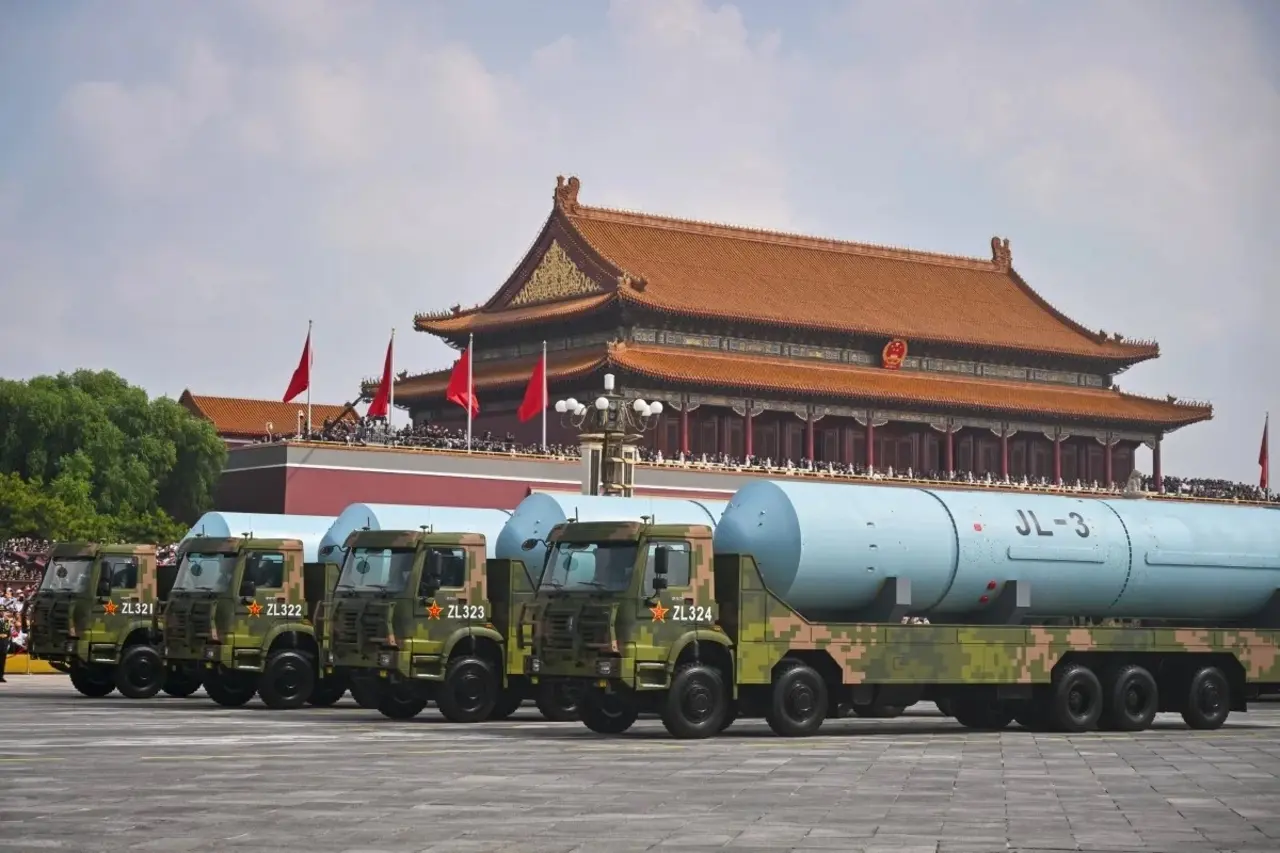China showcased its latest and most advanced military technologies at the Victory Day parade held in Beijing, the capital. President Xi Jinping led the ceremony, commemorating the 80th anniversary of the end of World War II in Asia. The highlight of this ceremony, closely watched by the world, was the Dongfeng 5C (DF-5C) intercontinental ballistic missile.
China demonstrates its defense power
Chinese state media reported that the DF-5C’s range exceeds 20,000 kilometers, giving it the capability to strike anywhere in the world. This capability significantly enhances Beijing’s global deterrent capabilities. The missile was developed using experience gained from previous DF series missiles and the DF-41 model.
Thanks to its modular structure, this missile can be transported in three separate sections, resulting in a very short preparation time. Its extreme speed leaves defense systems with no time to react, and its multiple warhead capability (MIRV) allows it to deploy nuclear, conventional, or decoy warheads.
This makes it virtually impossible for defense systems to intercept the missile. Thanks to its inertial system, starlight guidance, and China’s Beidou satellite navigation, the missile strikes targets with high precision.
The Chinese government reiterated that it will not target nuclear-weapon-free zones and maintains its principle of “no first use.” Military experts state that the DF-5C, in this context, provides China with the assurance of effective retaliation against a potential attack. It is also reported that the missile can simultaneously strike 10 different targets.
The DF-5C wasn’t the only exhibit at the parade. Also on display were the JL-1 and JL-3 submarine missiles, the J-35 stealth fighter, the GJ-11 unmanned combat aircraft, and the H-6J long-range bombers, representing China’s nuclear triad.
Among the systems showcased for the first time were AI-enabled swarm drones and the AJX002 and HSU100 underwater unmanned vehicles. Also present at the ceremony were the new YJ-series anti-ship missiles and the LY-1 (Jing Lei-1) laser weapon, which China describes as “the world’s most powerful laser air defense system.”
Air defense and surveillance capabilities were also highlighted during the parade. The KJ-600 early warning aircraft, developed specifically for use on aircraft carriers and expected to enter service soon on China’s Fujian warship, also made its public debut. The parade showcased China’s expanding drone capabilities and modernized military might to the world.



 Shiftdelete.net
Shiftdelete.net









